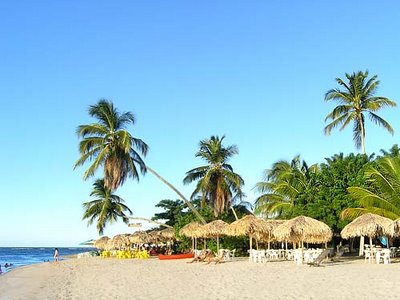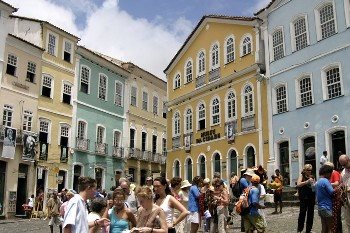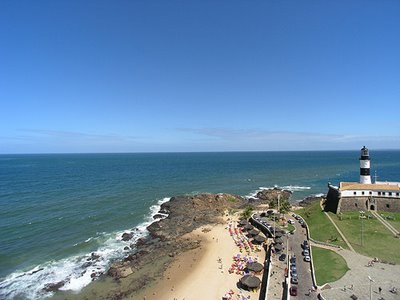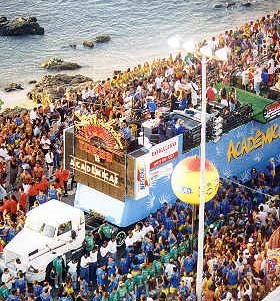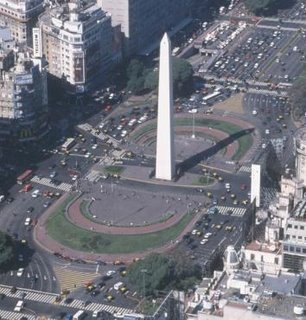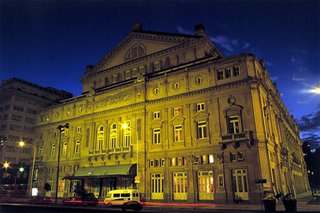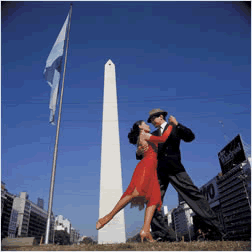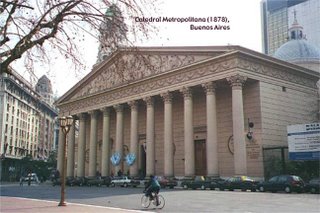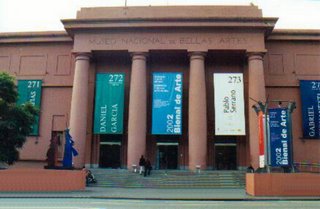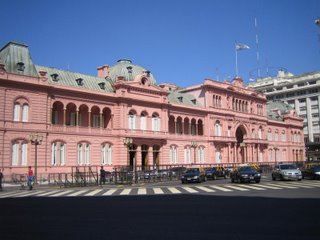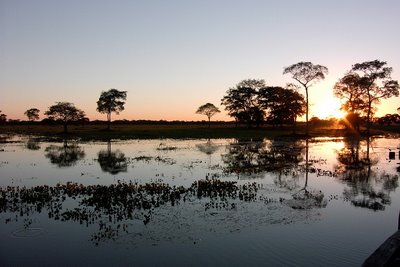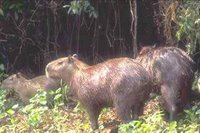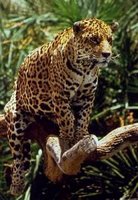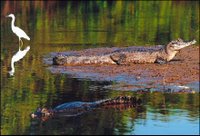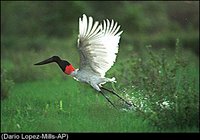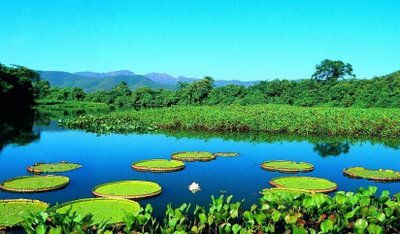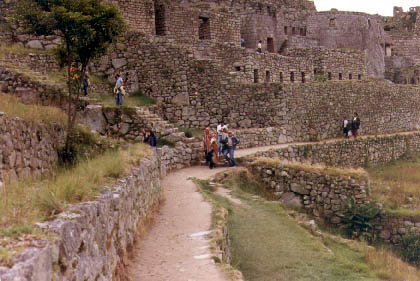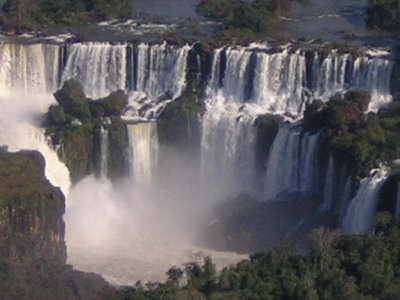Salvador, capital of the state of Bahia and the largest city in north-eastern Brazil, was the first town to be founded in Brazil, on March 29th 1549; and until 1763, when it was succeeded by Rio de Janeiro, it was the seat of government of the colony. For three centuries it was the principal port for the import of slaves from Africa. Blacks and mulattos now form the majority of the population, and African influence is evident in the life of the city in many different fields - in music, in religious cults such as Candomblé and Umbanda, and not least in the local cuisine, which makes lavish use of dendà oil (palm oil), coconut milk and groundnuts.
Salvador is 1649km from Rio de Janeiro, so, if you want to get there, I suggest you take a plane, by car it would take more than a day to arrive. But by plane, or by car it will be worth as soon as you see the beauties of this place.
Salvador is not only beaches, the historical center has over 1,000 buildings and churches built in the XVIth, XVIIth, and XVIIIth centuries. It has been proclaimed part of Brazil's historical patrimony and declared humanity's patrimony by UNESCO, a must see for people who want to see the history of this historical city.
But, this blog is about beaches, so, let´s talk about them. Salvador´s shore is one of the most beautiful in Brazil, perfect for swimming and for watersports, it has some of the bests diving spots in Brazil, with a lot of interesting shipwrecks.
Salvador's Carnival is becoming the biggest in Brazil. The ability to fully participate in high energy events as well as a complete integration of the city's rich and central Afro-American art, culture and music means Salvador's hotel rooms will sell out before Rio's for the Carnaval season.
I was going to list the attractions of the city here, but I found two sites that has all the info you need.
This site has info on the beaches of Salvador, such as Porto da Barra, Farol da Barra and Itapoã(this last one even inspired the music "Tarde em Itapoã" from Vinicius de Moraes and Toquinho): http://www.bahia-online.net/TheBeachScene.htm
And this site has every kind of tourist attractions, such as historical churches, the Pelourinho, and the Lacerda Elevator(Elevador Lacerda): http://www.brazil4you.com/pontur/?CodCid=5
I really recommend those two pages, nice info on both.
So, this it, just a little sample of what is Salvador, cause it´s impossible to make a report good enough, to show the magic of this place, you got to see it to understand.
Bye friends, till next post.
